Moderne Kunst
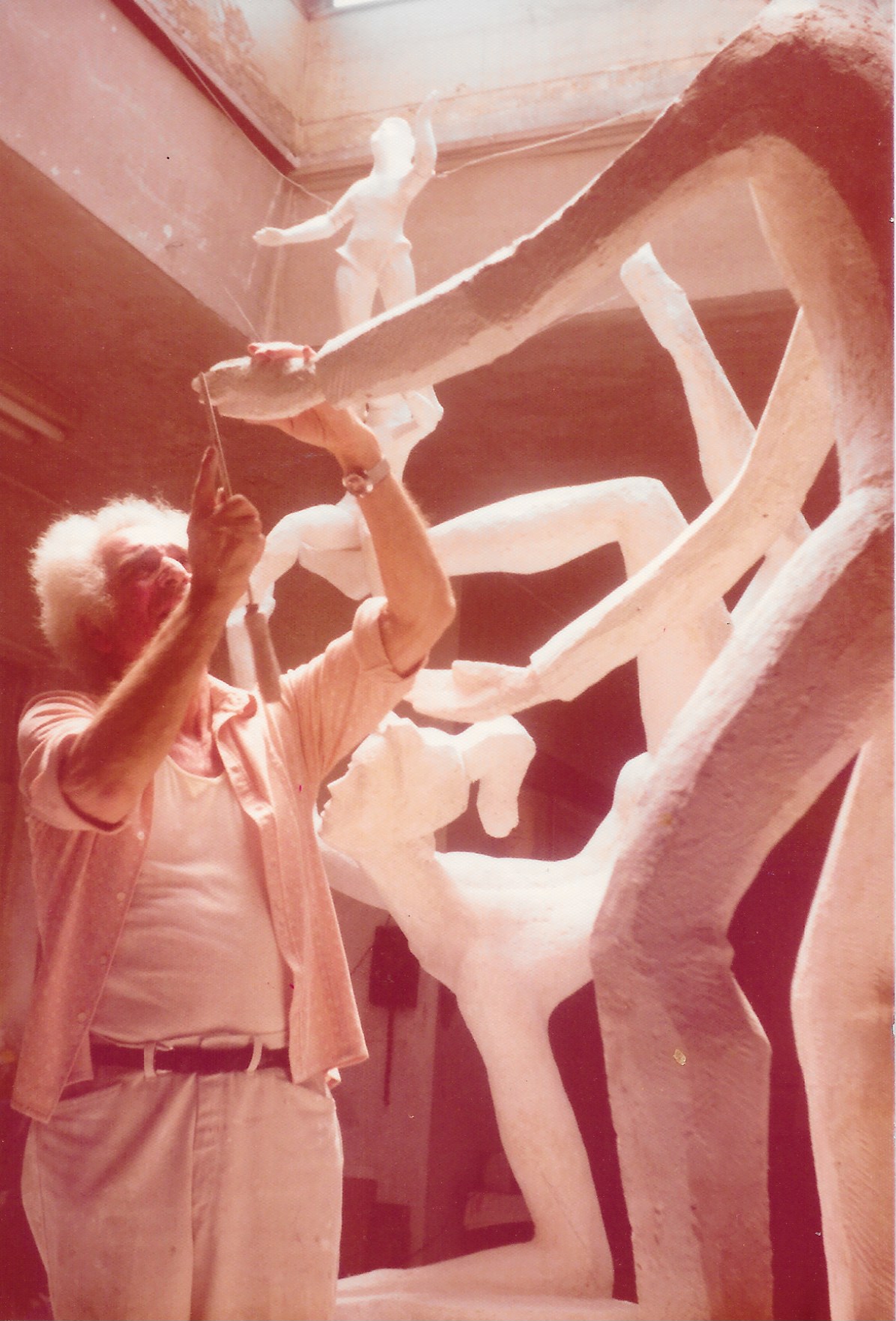
The Enduring Legacy of
Chaim Gross (1902-1991)
With Daughter Mimi Gross and Sasha Davis
Marlene Meyerson JCC Manhattan
334 Amsterdam Ave, New York, NY, United States
Chaim Gross (1902-1991) fled Europe as a teenager after experiencing the violence of World War I and the disruption of his artistic training due to anti-Semitic policies. He arrived in New York City in 1921 and quickly found a welcoming environment among fellow artists, many of whom were also immigrants, at the Educational Alliance Art School. Despite difficult beginnings, Gross rose to become one of America’s leading twentieth-century sculptors and a key proponent of the direct carving movement. Although a small number of his works referenced his horrific early experiences and the later murder of family members in the Holocaust, his themes were largely joyful, showing mothers at play or acrobats and dancers. Image above: [...]
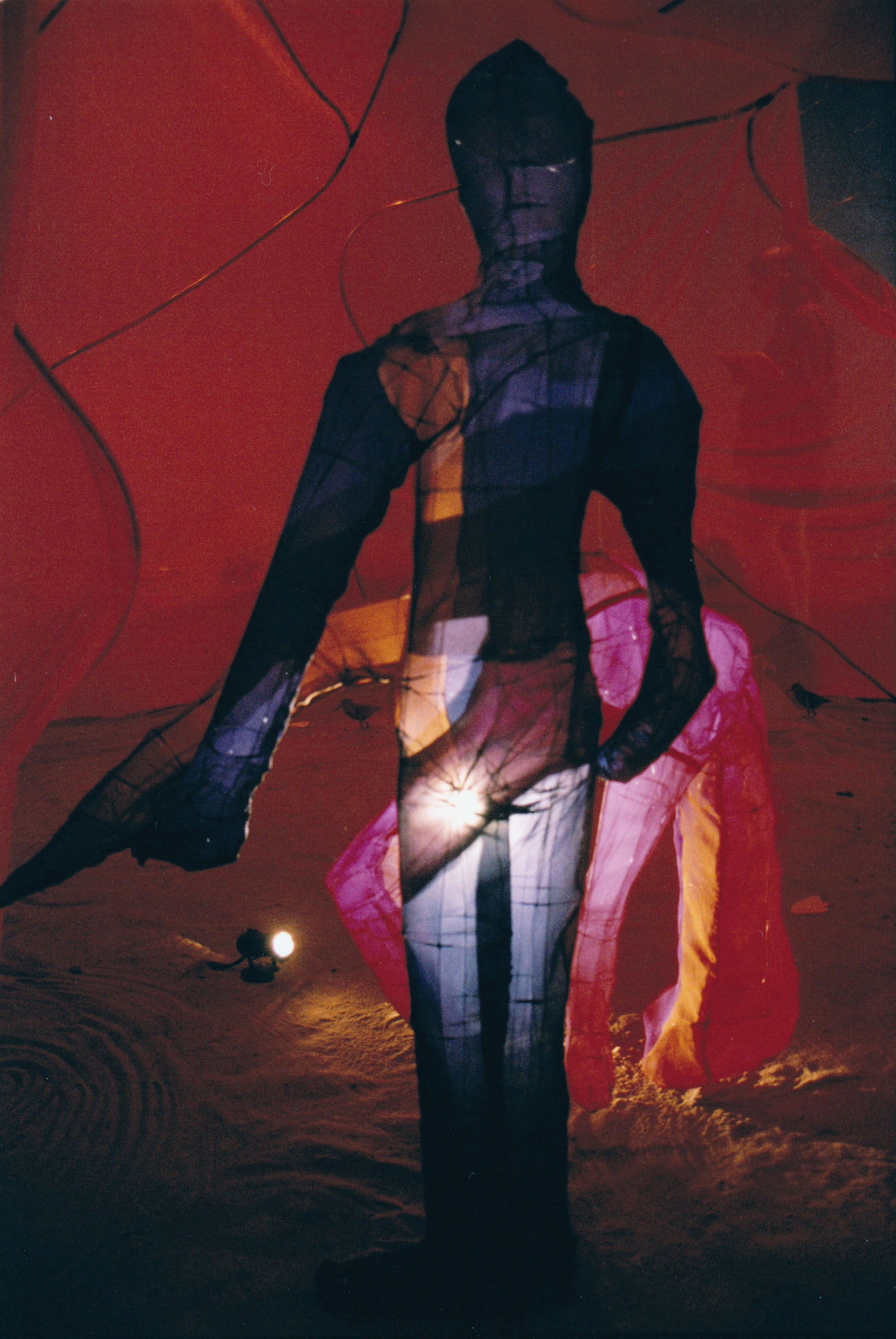
From Generation to Generation:
The Upbringing and Art of
Mimi Gross (born 1940, New York)
Marlene Meyerson JCC Manhattan
334 Amsterdam Ave, New York, NY, United States
Mimi Gross is the daughter of well-known sculptor Chaim Gross (1902–1991). She grew up to become an artist and one obvious question one might ask is how her work was influenced by and/or diverged from her father's work. But both Chaim and his wife Renee were immigrants--so New York City-born Mimi grew up as an American in an immigrant household, which might raise the question: were there issues derived from the particulars of her growing up that affected her and her art--and might one imagine the curve of her life as different in a non-immigrant context, or a context experienced at a different time in American and world history? These and other questions are discussed in a dialogue between Mimi Gross and [...]
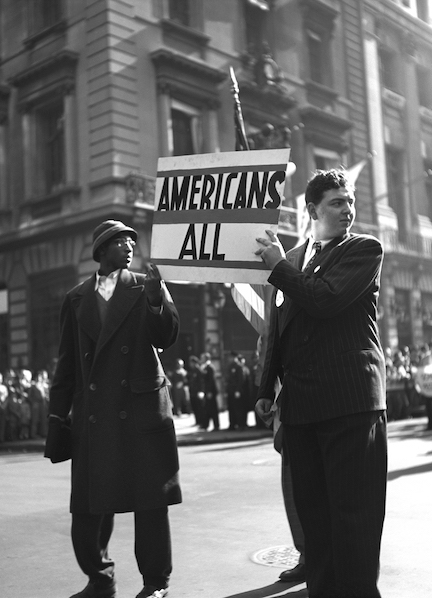
Out of Exile.
The Photography of Fred Stein (1909-1967)
With Son Peter Stein and Curator Ulrike Kuschel, Berlin (Germany)
Marlene Meyerson JCC Manhattan
334 Amsterdam Ave, New York, NY, United States
Fred Stein lived through some of the greatest upheavals of the 20th century. He escaped Nazi Germany; he mingled with Chagall and Brecht in Paris; and he debated with Einstein in New York. He was a scholar, a refugee, and an idealist. But above all, he was a photographer. An early innovator of hand-held street photography in 1930s France and 1940s New York, his images are sophisticated, beautiful, and touching; his portraits include some of the most important people of the mid-20th century, like Albert Einstein. Image above: Fred Stein, Americans All, New York 1943 © Fred Stein Archive Fred Stein, Paris Evening, Paris 1934 © Fred Stein Archive [...]
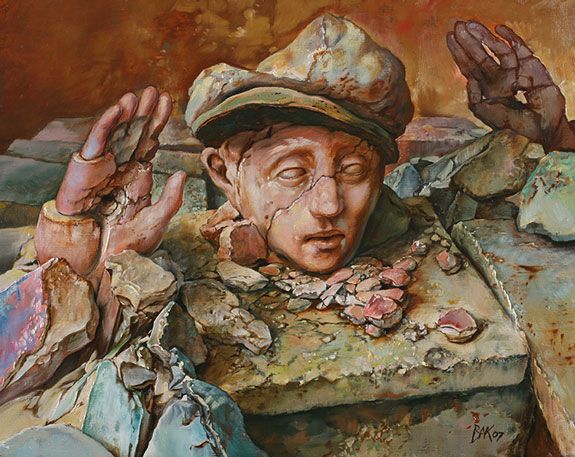
The Shape and Color of Survival.
Samuel Bak (born Vilnius, Lithuania, 1933)
Lecture by Ori Z Soltes, PhD
ONLINE
VA, United States
Image above: Samuel Bak, Warsaw Excavation, 2007. Oil on canvas, 16 x 20 in. Image Courtesy Pucker Gallery © Samuel Bak Samuel Bak was 6 years old when the Nazis began ending his childhood, as the war that they engendered would soon extend to his native Vilnius. The number “6” became an important element in his art, since it is also the number of the Commandment with which God enjoins us not to commit murder, for which the Holocaust represented such a profound abrogation. His father smuggled him out of the ghetto in the sack that he was still permitted to use to gather firewood—and was subsequently murdered by the regime. By then Bak himself had already [...]
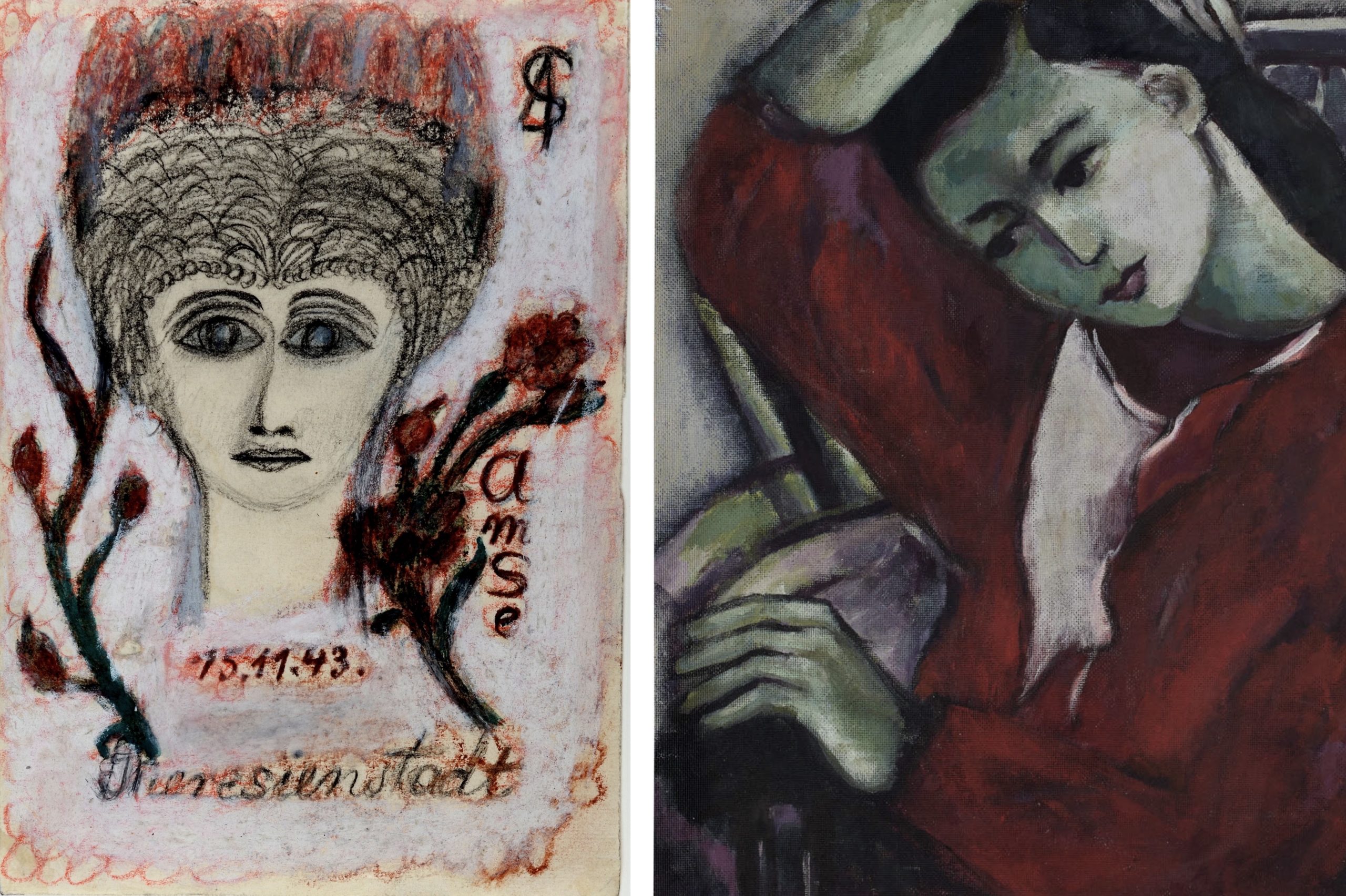
Back into the Light.
Four Women Artists – Their Works. Their Paths.
Lecture by Eva Atlan, PhD, Frankfurt (Germany)
ONLINE
VA, United States
Erna Pinner, Rosy Lilienfeld, Amalie Seckbach, and Ruth Cahn were among the first women artists in Frankfurt to enjoy professional success. Throughout the Roaring Twenties, these four Jewish women left their mark on Frankfurt’s art scene, published and exhibited internationally, cultivated a cosmopolitan lifestyle, and competed with their male colleagues. When the National Socialists seized power, their careers came to an abrupt end. From then on, they were persecuted as Jews and their works ostracized; later, after the end of World War II, they were largely forgotten. Now, “Back into the Light” is at long last bringing them back to the public eye. The departure point is an article by art historian Sascha Schwabacher, published May 1935 [...]
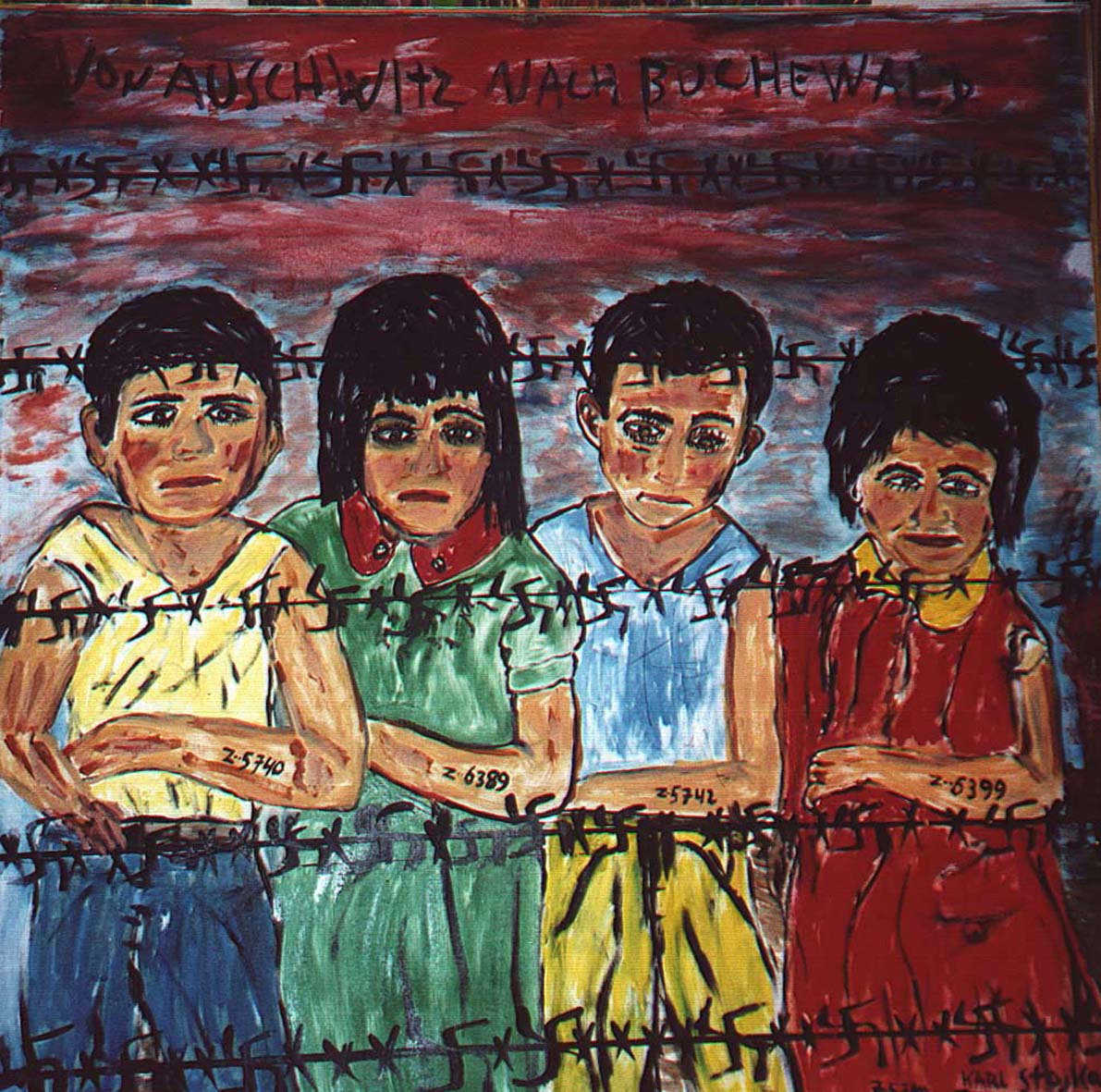
AS SEEN THROUGH THESE EYES
Conversation with Film Director Hilary Helstein, Los Angeles
ONLINE
VA, United States
In honor of UN Holocaust Remembrance Day, Hilary Helstein, director of the award-winning documentary "As Seen Through These Eyes" spoke with Rachel Stern, director and CEO of the Fritz Ascher Society New York, about the making of her documentary. As poet Maya Angelou narrates this powerful documentary, she reveals the story of a brave group of people who fought Hitler with the only weapons they had: charcoal, pencil stubs, shreds of paper and memories etched in their minds. These artists took their fate into their own hands to make a compelling statement about the human spirit, enduring against unimaginable odds. Featuring interviews with Simon Wiesenthal as he talks about his art, never before appearing in a film, [...]
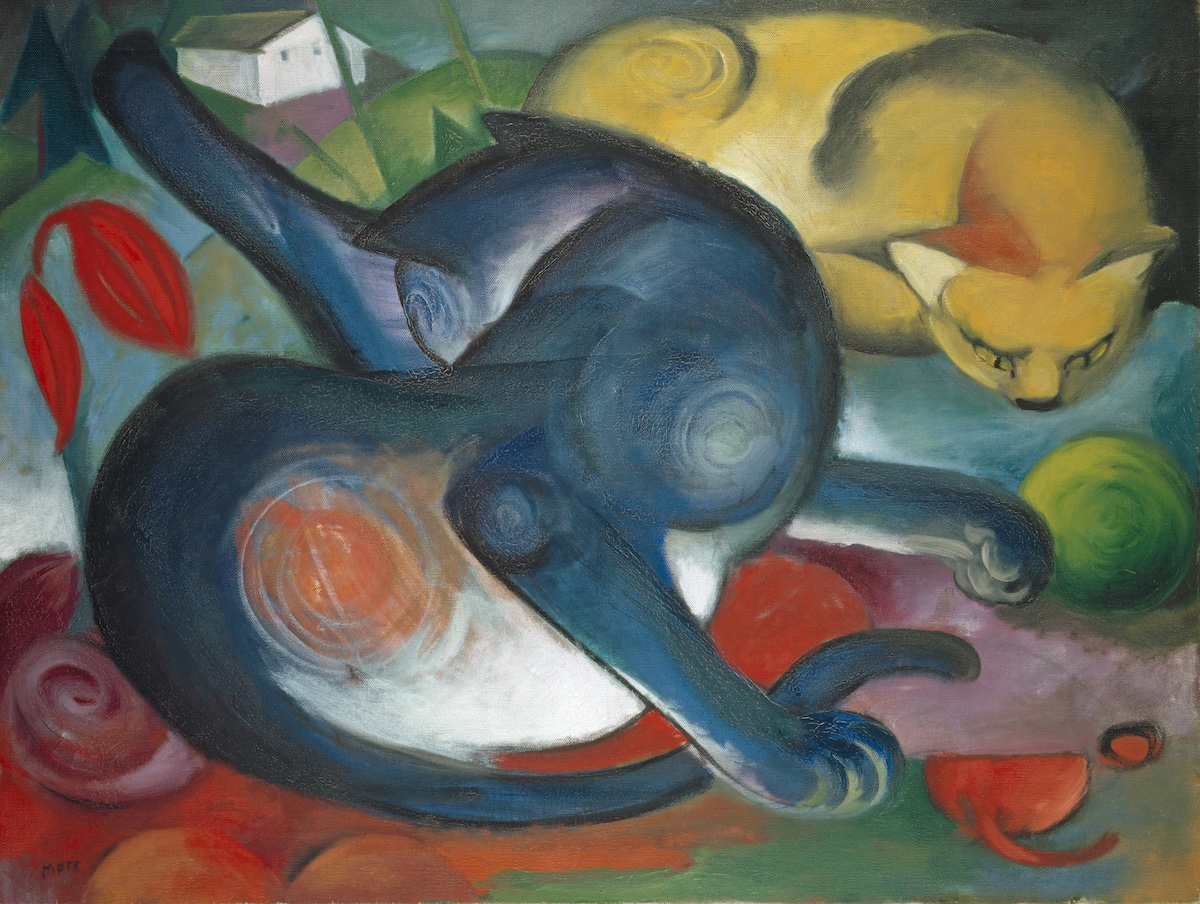
CASTAWAY MODERNISM. Basel’s Acquisitions of “Degenerate” Art
Presentation by Dr. Eva Reifert, Kunstmuseum Basel
followed by discussion with Rachel Stern
ONLINE
VA, United States
The Kunstmuseum Basel’s department of classic modernism houses one of the most prestigious collections of its kind. It was in fact assembled at a comparatively late date. In the summer of 1939 — shortly before the outbreak of World War II — Georg Schmidt (1896–1966), the museum’s director at the time, managed to acquire twenty-one avant-garde masterpieces all at once. The works were among those denounced in 1937 by Nazi cultural policy as “degenerate” and forcibly removed from German museums. The Third Reich’s Ministry of Propaganda correctly assumed that a portion of such works would find buyers abroad and bring in foreign currency. In this way certain artworks deemed “internationally exploitable” reached the art market via various channels. [...]
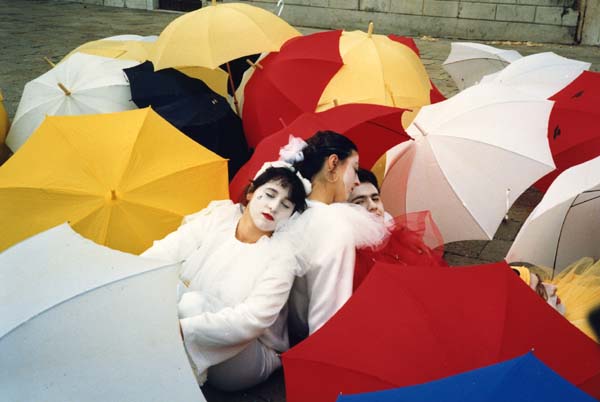
DOROTHY BOHM (1924-2023): A WORLD OBSERVED
Lecture by Monica Bohm-Duchen, London (UK)
ONLINE
VA, United States
Dorothy Bohm was born Dorothea Israelit in Königsberg, East Prussia (now Kaliningrad, Russia) in 1924 into an assimilated, affluent and cultured Jewish milieu. In 1932 her father chose to move the family to Memel (now Klaipeda) in Lithuania, but following the Nazi occupation of Memelland in March 1939, her parents decided to send their daughter, aged 14, to the safety of England, where she arrived in June 1939. She wasn’t to see her parents and sister again for over twenty years. Image above (appears as detail): Dorothy Bohm, Venice Carnival, 1987 © Dorothy Bohm Archive Dorothy Bohm, Self-Portrait, 1942, age 18. © Dorothy Bohm Archive Dorothy Bohm, Ascona, 1948. © Dorothy Bohm Archive [...]

“Sweet Kitsch, I can’t do that.”
Maria Luiko (1904-1941)
With Wolfram P. Kastner and Mascha Erbelding, both Munich (Germany)
ONLINE
VA, United States
The artistic work of Maria Luiko (1904-1941), born Marie Luise Kohn in Munich, is characterized by an impressive diversity. In addition to drawings, watercolors and oil paintings, she created prints using various printing processes and paper cuts, and designed book illustrations, stage sets and marionettes. Already during her studies at the local Academy of Fine Arts and her training at the School of Applied Arts she was included in exhibitions in the Munich Glass Palace (Münchner Glaspalast). Her career was brutally cut short by the Nazi regime. As a Jew, Luiko was not able to join the Reich Chamber of Fine Arts (Reichskammer der bildenden Künste), a Nazi organization founded in 1933. Without membership, she could not obtain work materials, [...]
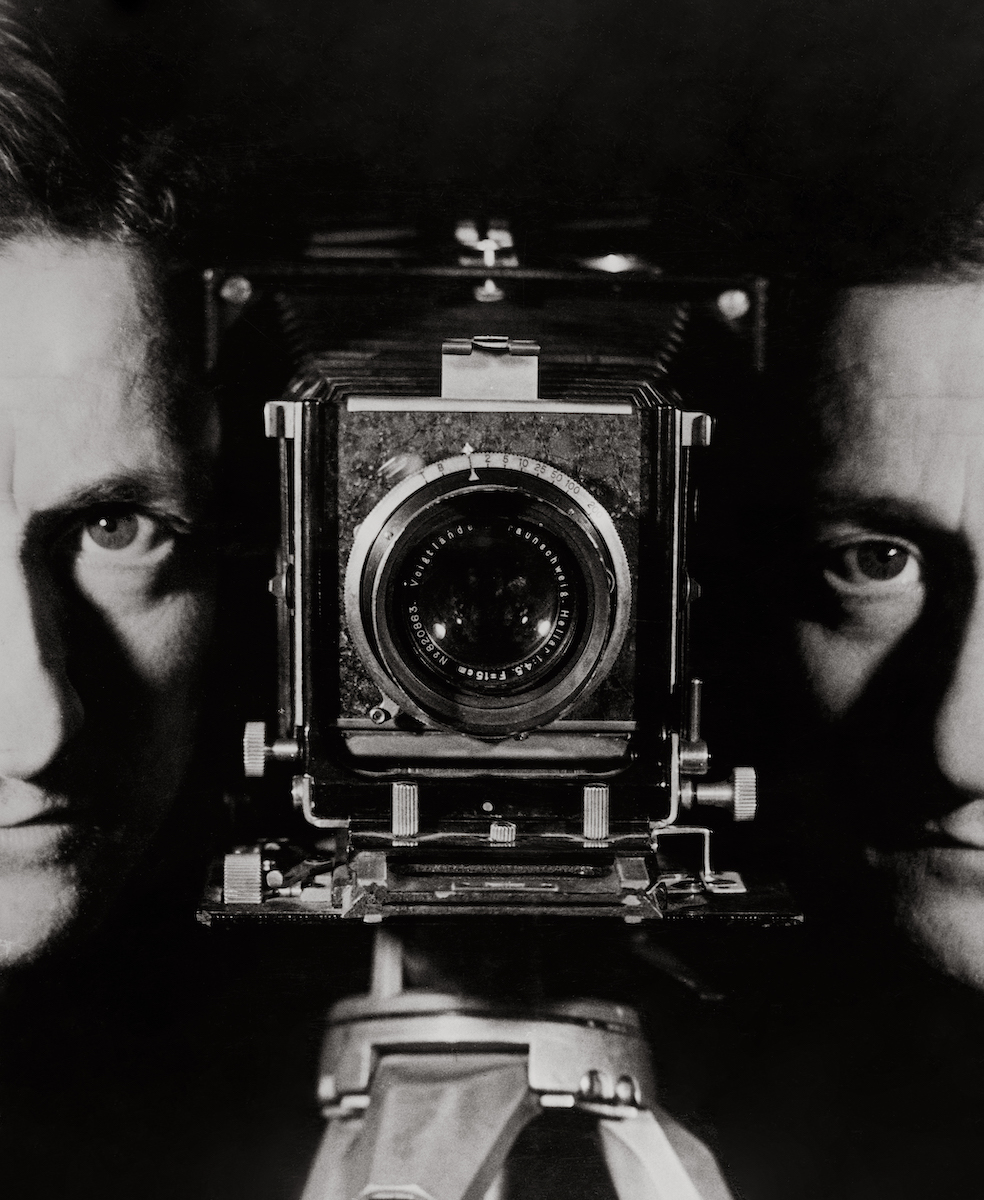
Erwin Blumenfeld (1897-1968), from Berlin to New York.
A life in photography
Talk by granddaughter Nadia Blumenfeld Charbit, Paris (France)
ONLINE
VA, United States
Photographer Erwin Blumenfeld (1897-1969) survived two world wars to become one of the world's most highly-paid fashion photographers and a key influence on the development of photography as an art form. An experimenter and innovator, he produced an extensive body of work including drawings, collages, portraits and nudes, celebrity portraiture, advertising campaigns and his renowned fashion photography both in black and white and color. In this talk, Paris-based granddaughter Nadia Blumenfeld Charbit gives her personal insights into the life and work of the photographer Erwin Blumenfeld. Introduced by Rachel Stern, director of the Fritz Ascher Society. Image above: Erwin Blumenfeld, Double Self-Portrait with Linhoff, Paris, 1938 © Erwin Blumenfeld Estate Born to [...]


